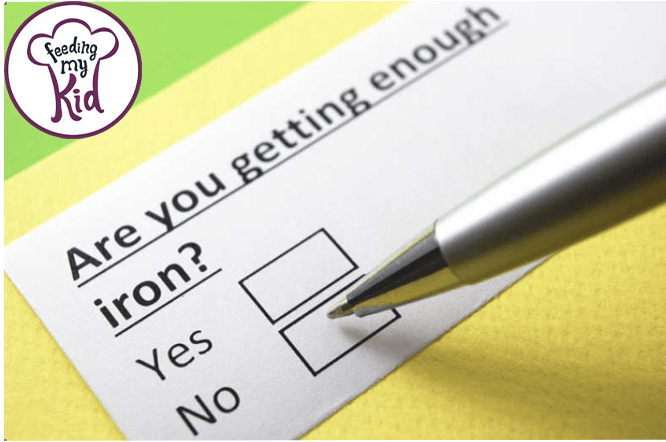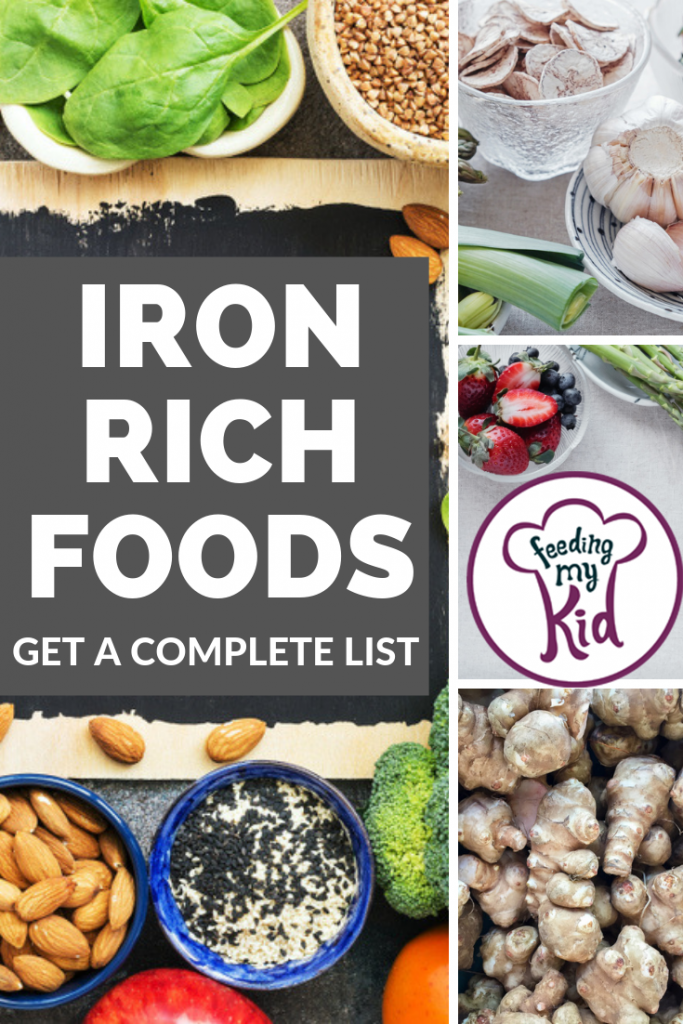We’ve all heard that we need to get our vitamins and minerals from whole foods, but that can be tough to do. It’s hard to eat the rainbow every day! There are 41 purple fruits and veggies out there. My family was definitely not eating the rainbow.
Our food culture in America has this hyper-focus on macronutrients like Carbs, Fats, and Protein. And, not enough focus on micronutrients and minerals like Iron. And our health is paying the ultimate toll. We need to just stop thinking of food in relation to our weight and also think of food and how it impacts our health.
Ultimately, we need to get our vitamins from whole foods the way nature intended them. This is where Mad Mom Foods is here to help! Be sure to sign up to learn more about our Kickstarter and be the first to know!
We Are Busy People
It’s not realistic to expect regular busy people to forage through the forest looking for wild mushrooms and berries or to grow our own self-sustaining garden in the backyard. While aspirationally I would love to be that person, with three kids in tow and a career, I’m lucky if I can just get through the day with everyone alive and well.
Why Do We Need to Eat More Iron-Rich Foods?
One of the more prevalent vitamin and mineral deficiencies in the US is low iron. If you’re low in iron, it can exacerbate fatigue, it can affect your cognition3 and in children, it is associated with poor cognitive development. 4
You may not even know you’re low in iron!

How Anemia (Low Iron) Impacts Behavior and Sleep:
You can be low in iron and not be anemic. However, if you are anemic, it’s important to know that Iron plays an important role in muscle function, energy creation, and brain development. As a result, a child with iron deficiency may have learning and behavioral problems.
According to Nemours’s Kids Health “People who become iron deficient aren’t getting enough iron in their diet. This means that the body can’t make hemoglobin, so it makes fewer red blood cells. This is a condition called anemia. When someone has anemia, less oxygen reaches the cells and tissues and affects how the body works.
Iron plays an important role in muscle function, energy creation, and brain development. As a result, a child with iron deficiency may have learning and behavioral problems.” (2)
Also, your Pediatrician may say your iron levels are low, but ok. This isn’t mean you should stop there! If you or your child are moving around a lot at night, seek out the care of a Sleep Specialist. Sleep professionals test your blood and need to make sure your iron levels are much higher than what might appease your Pediatrician or a General Doctor. We had this happen. Our Pediatrician said my daughter’s levels were fine, only to find out that they needed to be much higher to impact her sleep. She tossed and turned so much at night, and now sleeps better after upping her iron and also giving her an iron supplement. Her levels were too low to only use food.
Dairy Blocks Iron Absorption
Dairy blocks the absorption of iron and should be avoided for 60-90 minutes before and after eating foods with iron or an iron supplement. If you are adding spinach to your pizza than the dairy is blocking the absorption of the iron from the spinach. If you eat a steak, but your baked potato has butter on it, then the same thing is happening. Even if you are eating high-iron foods that may not be enough. Your body may not be absorbing the iron, so it’s worth getting blood work to confirm where your levels are. And, don’t take a supplement if your levels are normal. This may cause more issues. Speak with your doctor before taking supplements.
Dairy Includes:
- Butter. Butter and butter blends
- Cheese. Natural and processed cheese products
- Cultured Dairy
- Yogurt

- Cottage cheese
- Sour cream
- Dairy dips
- Other cultured dairy foods
- Frozen Desserts
- Ice Cream
- Milk
- Whey, Milk Powder
The Two Forms of Iron: Heme Iron and Non-Heme Iron
Heme iron is found only in meat, poultry, seafood, and fish, so heme iron is the type of iron that comes from animal proteins in our diet. Heme iron is more easily absorbed by our body, so if you are low in iron, do your best to eat more foods with Heme iron in them from the list below
Non-heme iron is found in plant-based foods like grains, beans, vegetables, fruits, nuts, and seeds. Non-heme iron is also found in animal products such as eggs or milk/dairy and it also comprises more than half the iron contained in animal meat. Animal protein has BOTH heme and non-heme iron.
High Iron Foods containing Heme Iron
- Clams – 23.8 mg per 3 oz
- Oysters – 7.8 mg per 3 oz
- Liver per 3 oz
- Chicken – 8 mg
- Beef – 5.8 mg
- Mussels – 5.7 mg per 3 oz
- Sardines – 2.4 mg per 3 oz
- Turkey – 1.6 mg per 3 oz
- Beef per 3 oz
- Extra-lean ground – 2.5 mg
- Prime rib – 2.1 mg
- Short rib – 2 mg
- Ribeye – 1.7 mg
- Sirloin – 1.6 mg
- Lambchop – 2.1 mg per 3 oz
- Egg – 1.2 mg per 2 large eggs

High Iron Foods containing Non-Heme Iron
- Pumpkin seeds – 8.6 mg per 1/4 cup
- Firm Tofu – 8 mg per 3/4 cup
- Beans per 3/4 cup cooked
- White beans – 5.8 mg
- Red kidney beans – 3.9 mg
- Soybeans: 3.4 mg
- Lentils – 4.9 mg per 3/4 cup cooked
- Baked potato with skin – 2.7 mg
- Chickpeas – 2.4 mg per 3/4 cup cooked
- Blackstrap Molasses – 3.6 mg per Tbsp
- Prune juice – 3.2 mg per cup
- Dried fruits per 1/2 cup
- Peaches – 1.6 mg
- Raisins – 1.4 mg
- Plums – 1.3 mg
- Apricots – 1.2 mg
- Nuts per 1/4 cup
- Cashew: 1.7 mg
- Almonds: 1.4 mg
- Pistachio: 1.2 mg
- Walnuts: 0.9 mg
- Pecan: 0.7 mg
Other Iron-Rich Foods Articles:
Warning: If you’re pregnant, please speak with your doctor before eating liver. Pregnant women need to be cautious or avoid eating liver because of its high Vitamin A content. Large amounts of Vitamin A can be harmful to the baby. But, always speak with your doctor before making changes to your diet while pregnant and while trying to get pregnant.

Resources:
